Crew 271 Sol 6 Journalist Report 24-12-2022
Sol: 6
Author’s name: Helen Eifert, Crew Geologist
Title: Watneys
Mission control alerted us that the WATNEY (Water Assessment and Thermal at Nadir Experiment Yield) drone lost contact with its rover at 1027 on Sol 1 somewhere northeast of the Hab. Remote recovery efforts were unsuccessful so they asked the IMARS team on the ground to conduct a search and recovery mission.
An EVA team of four, composed of Levesque, Iakymov, Guariniello, and Eifert headed a click on foot to the start of a search grid. They spread out and did around four passes across the grid and back. After an hour and a half of finding nothing but space junk, the search was called unsuccessful. We cached most of the trash found south of the search grid before doing one more pass. As we stopped to grab Sergii’s new art project before heading back to the Hab, Marc stumbled on the WATNEY drone 328 m outside the anticipated drop zone. It had a broken propeller, but was otherwise undamaged. Spirits lifted, the EVA team made their way back to Hab – mission success. Crew 271 brought WATNEY home, the first successful search and rescue mission on Mars.
Grete held down the Hab all day today, prepping her research, and well, breaking legs. This afternoon, most of the crew took turns breaking their tibia and then reducing and fixating someone else’s. No one seems to be holding this against Alicyn, though. Possibly because she offered to cook our Christmas Eve dinner. We must be quick studies, because Andres was on the bike within an hour of his own surgery. We will circle back to find out if anyone notes in Kaosaar’s daily psych surveys whether having 11 cm screws drilled into their lower legs was their biggest stressor of the day.
To celebrate Christmas Eve and a successful search, Marc brought real potatoes as a special martian treat, which he calls “watneys.” We roasted them to go with the traditional lentil soup cooked up by Grete and hot cider brought by Iakymov. Sergii insisted that I also include his lunch creation, which he dubbed Sergeronii. Everyone wants their food fame immortalized in the journalist report. You can send your bribes for future mentions to berthing room 4. I accept food or rocks as payment.
Finally, NORAD has alerted mission control of a strange Christmas display detected outside the RAM. Sure enough, our rovers were decked with what appeared to be holiday lights. According to the short morning EVA with Eifert and Kaosaar to the soil moisture experiment site, the dirt is still not dry. Based on these current soil moisture conditions and biosignature evidence we’ve discovered on other EVAs, we suspect it must be some sort of martian bioluminescent algae. Too bad we didn’t bring a botanist.
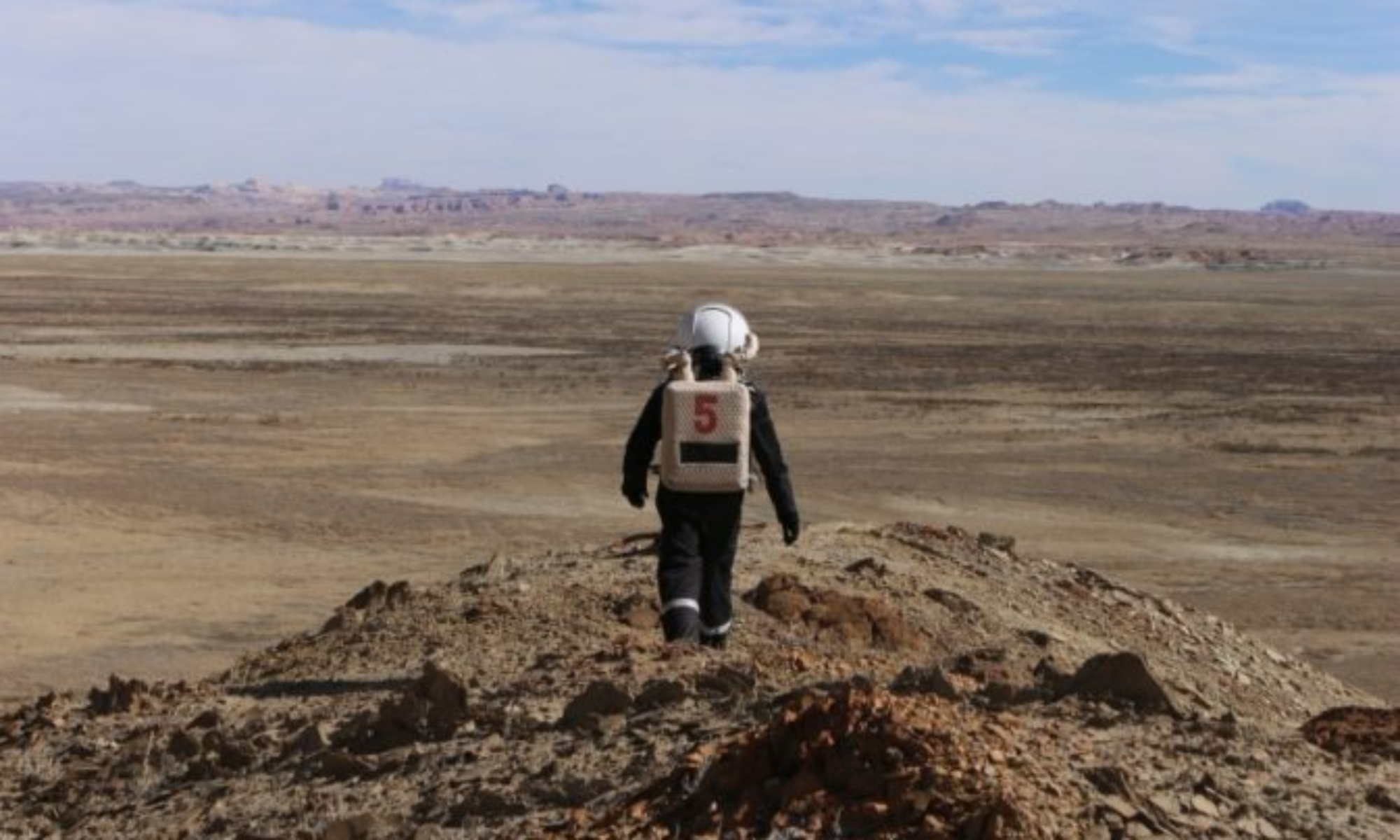


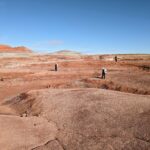
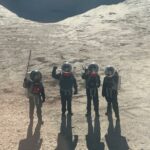
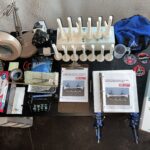
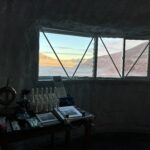
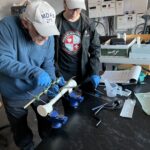
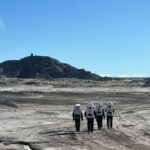
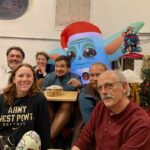
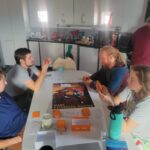
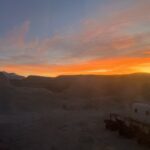
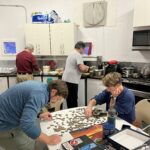
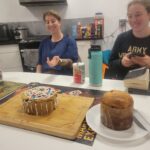
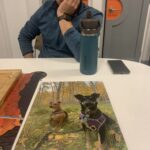
You must be logged in to post a comment.